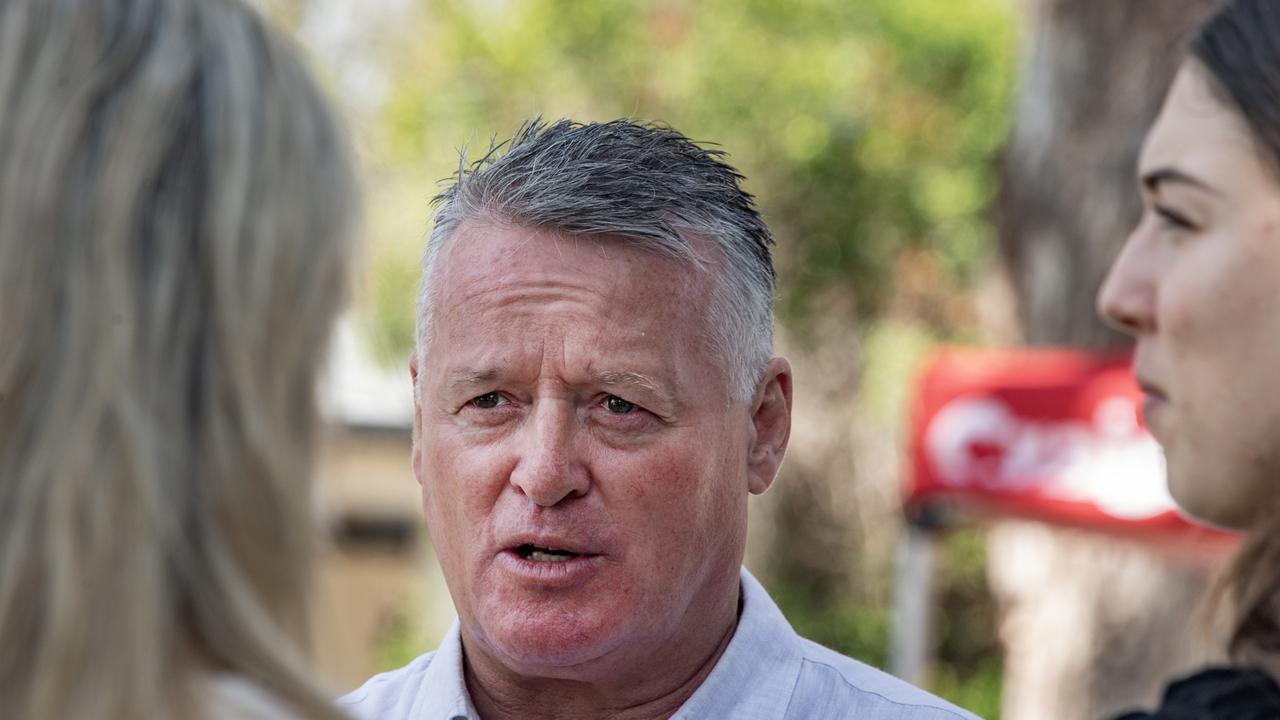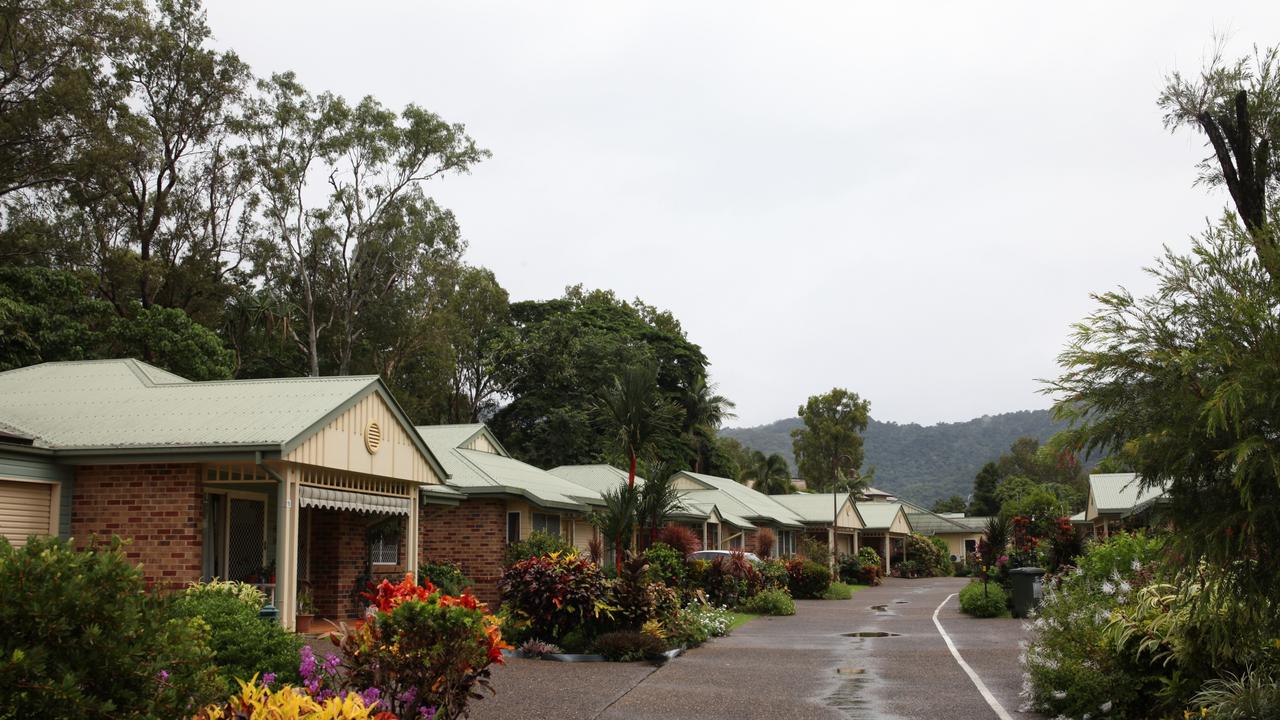Sunwater’s water prices to surge as budget cuts fail to curb costs
Irrigators face significant water price hikes after the competition watchdog handed down its final report into SunWater, slashing its budget amid industry frustration the water distributer was continuing to hire staff despite rising expenses.
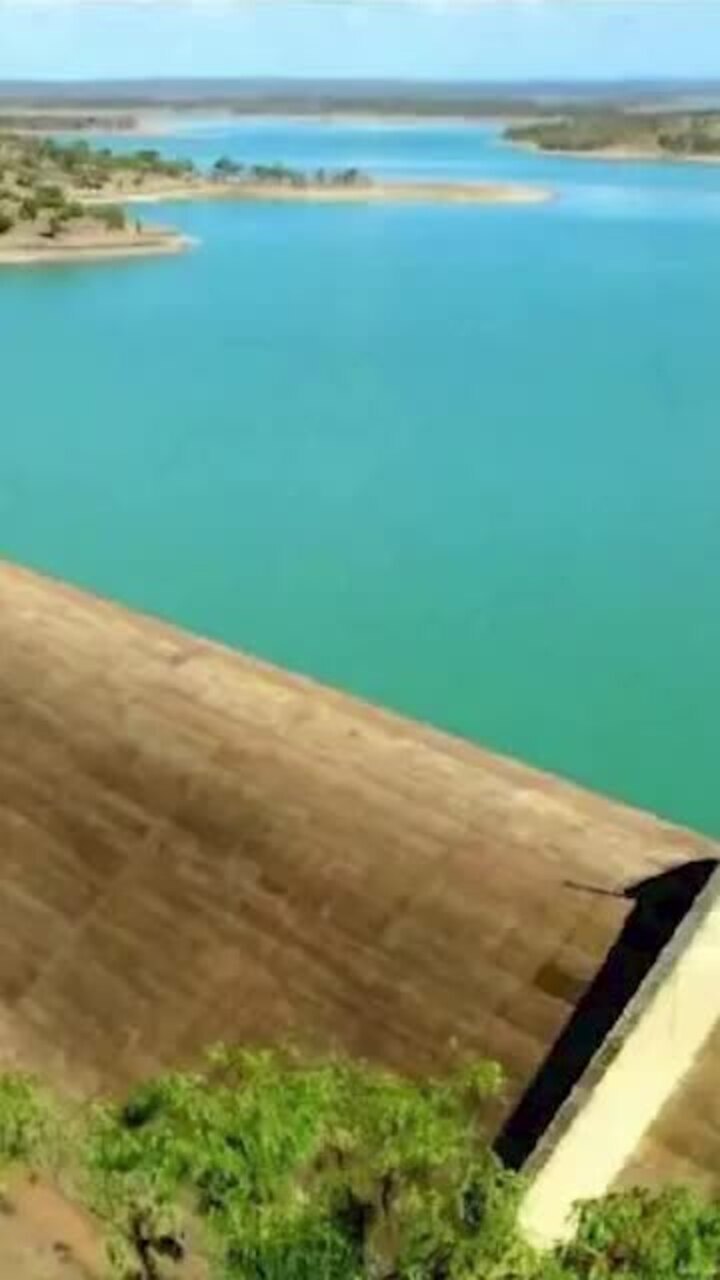
News
Don't miss out on the headlines from News. Followed categories will be added to My News.
Queensland’s irrigation sector is bracing for a financial jolt after the state consumer watchdog handed down its long-awaited report on water distributer Sunwater’s future water pricing.
The Queensland Competition Authority review, aimed at aligning water charges with cost recovery, has triggered significant price hikes for some customers, particularly in the Burdekin-Haughton and Nogoa-Mackenzie regions, while also exposing inefficiencies in the state’s largest water distributor.
The Burdekin-Haughton region made headlines during this week’s major flooding with SunWater reporting the Burdekin Falls Dam was spilling excess water, contributing to increased river flows and widespread flooding.
The QCA’s review slashed Sunwater’s proposed budget by 8.8 per cent, which is $40 million over the four years, to $101.2 million, but many irrigators will still face substantial price increases.
The Burdekin-Haughton region is set to see a staggering 40 per cent increase on its bulk water price for 2025-26, the highest in the state.
Similarly, irrigators in the Nogoa-Mackenzie Water Supply Scheme near Emerald will experience a 36 per cent jump in its bulk water price.
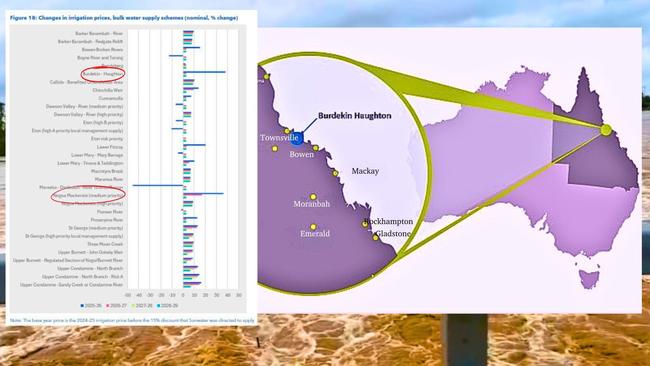
Burdekin farmer Mario Barbagallo, chair of the BRIA Irrigators, said his organisation was “reasonably happy” with QCA final report.
“Most of the issues we raised were either investigated or the QCA put Sunwater on notice to work on those issues which included the method they use to calculate how they will charge us.
“We also raised the issue of inefficiencies such as the IT system, which were addressed in this final report.
“Our bulk water price will go up by 40 per cent in 2025-26, which is a huge price rise for the irrigators, many whom have just come through a flood.
“If the prices we are charged are efficient and fair, we will not need government subsidies.”
These increases are part of a broader transition to move water prices towards cost-reflective levels, reducing reliance on government subsidies.
Of Sunwater’s 44 tariff groups, 13 will reach their price targets immediately, with the balance to hit target pricing by the end of the four-year pricing period.
The QCA final report said many of the steep price hikes were in order to bring fixed and volumetric charges into line with state government cost-recovery targets.
Other contributing factors to the recommended price rises included removal of a 15 per cent discount along with declining government subsidies forcing irrigators to shoulder a greater share of expenses.
Rising operational costs in dam safety, insurance, and electricity along with revisions to stakeholder engagement spending were also to blame, according to the QCA.
Tariff groups currently below the price target will experience gradual increases capped at inflation plus $2.54 per megalitre annually, preventing sudden, drastic cost spikes before the state-declared price target is met.
Despite the QCA’s call for SunWater to rein in costs, the organisation has embarked on a hiring spree this year, raising eyebrows across the industry.
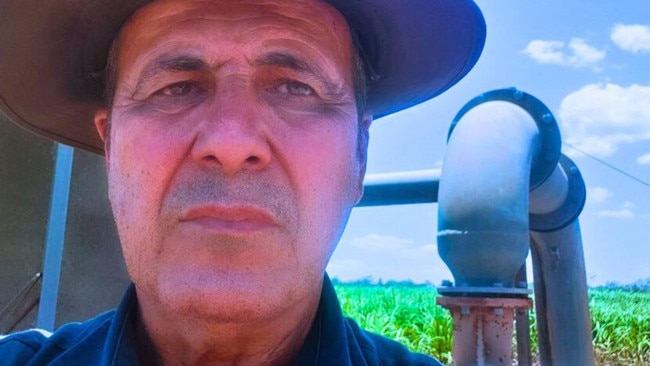
The company has advertised high-paying roles, including Senior Financial Analyst, Project Manager, Government Relations Manager, and Sustainability Lead – Climate Change, with salaries ranging from $89,000 to $172,000 plus superannuation.
Additionally, SunWater is recruiting regional staff, such as Senior Planning Engineers and Civil Works Supervisors, further contradicting recommendations to trim expenditure.
This comes at a time when the QCA has criticised Sunwater’s spending practices, highlighting inefficiencies and financial mismanagement.
The watchdog slashed Sunwater’s requested budget by $40.8 million to $424.9 million over the 2025–29 period, including an $11.6 million reduction in operating expenditure and a major cut in infrastructure renewal allowances.
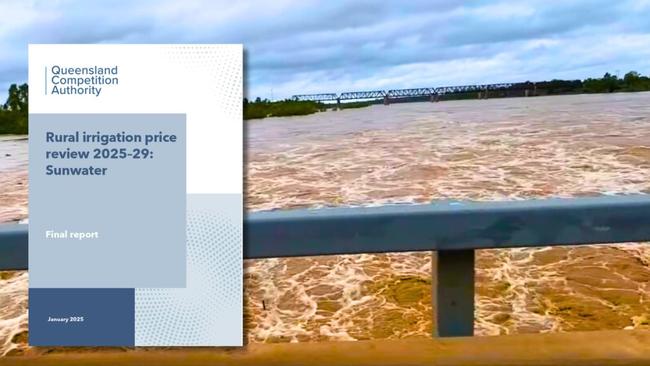
Farmers and industry groups, including Canegrowers, Cotton Australia, and the Queensland Farmers’ Federation, have strongly opposed the price hikes, warning of severe financial strain on irrigators.
In November, they argued that Sunwater’s inefficiencies should not be passed onto customers, particularly as the organisation continues to expand its workforce amid publicised cost blowouts.
Queensland Farmers Federation chief executive Jo Sheppard said the total price increases of “well over 60 per cent” across the five-year price path were unsustainable for farmers.
She said increases of 38 per cent and 36 per cent in the Burdekin and Nogoa-McKenzie schemes would have a major impact on farmers in those areas.
“With on-farm production costs continuing to escalate and many farmers in North Queensland now facing long recovery efforts after damaging floods, now is not the time to be passing on significant water charges,” Ms Sheppard said.
“QFF will continue to work closely with the Queensland government and Sunwater, on behalf of our members and to ensure a concerted effort is made to iron out inefficiencies.”
One of the organisation’s publicised cost inefficiencies was Sunwater’s bid for $38.6 million to replace its outdated billing system, the Customer and Stakeholder Project, known as CASPr.
The QCA deemed the project inefficient and recommended a significantly reduced allocation of $18.5 million, further fuelling concerns over Sunwater’s financial governance.
The state government will now review the QCA’s price recommendations and savings proposals, with further industry consultations expected before final decisions are made.
Farmer and irrigator groups are preparing for a tough road ahead over the next four years as they grapple with higher costs and ongoing uncertainty over Sunwater’s financial strategy.
More Coverage
Originally published as Sunwater’s water prices to surge as budget cuts fail to curb costs




